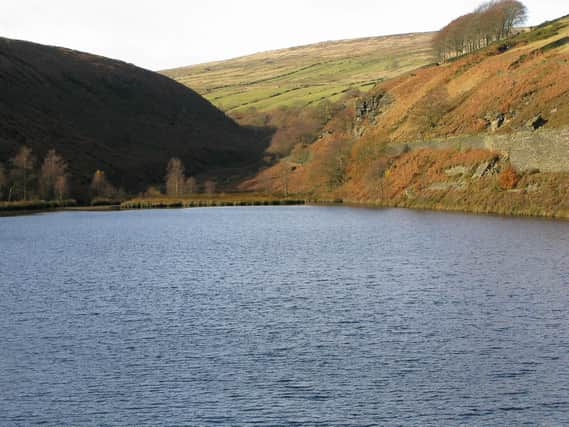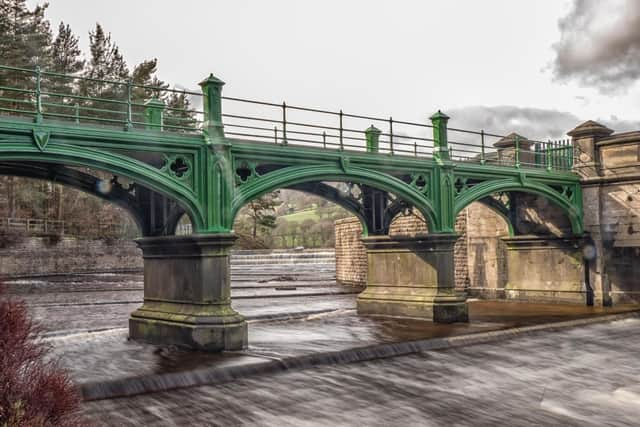The true stories of the Yorkshire dams that collapsed and killed hundreds of people


The Peak District town has become the focus of global attention this week after heavy rains led to the structure beginning to crumble.
But it would not be the first time a British dam has collapsed with tragic consequences - it's happened twice in Yorkshire.


Bilberry Reservoir and the Holmfirth floods
Advertisement
Hide AdAdvertisement
Hide AdIn 1852, the embankment of the Bilberry Reservoir collapsed, causing the deaths of 81 people living in the Holme Valley.
Over 86 million gallons of water were released into the River Holme, and many properties in the valley were destroyed. Four mills, 10 dye houses, 27 cottages, seven shops, seven bridges, ten warehouses and eight barns all suffered severe damage.
The dam was breached at 1am after a period of heavy rain, meaning many of the victims were asleep when the torrent of water gushed towards their homes.
The village that vanished beneath Thruscross Reservoir near HarrogateAn inquest concluded that the construction of the reservoir was defective, and that it had been allowed to remain in a dangerous state with little maintenance.
Advertisement
Hide AdAdvertisement
Hide AdIt had been built in 1840 over an existing stream, but the stream had not been correctly re-directed.
The Dale Dyke Dam and the Great Sheffield Flood
In 1864, the Dale Dyke Reservoir's dam broke when the reservoir behind it was being filled for the first time. Around 240 people died and 600 homes were destroyed. A crack in the embankment led to the breach, although it was never established what had caused it.
The Dale Dyke Reservoir was built to meet the expanding city's demand for drinking water. The Sheffield Waterworks Company purchased land in the Loxley Valley to flood, and the filling of the new reservoir, near Low Bradfield, began one night in March. They had already built three other reservoirs on the edge of the Peak District, at Agden, Damflask and Strines.
When the unthinkable happened, 700 million gallons of water descended down the valley, sweeping through Loxley, Malin Bridge, Hillsborough, Attercliffe and even reaching as far as Rotherham. The flood passed the present-day sites of Don Valley Stadium, Sheffield Arena and Meadowhall. The 'wall of water' destroyed everything in its path. The city centre escaped damage, but the densely-populated Wicker area was wiped out.
Advertisement
Hide AdAdvertisement
Hide AdRare photos of village sunk beneath Ladybower Reservoir come up for auctionAmong the victims were two sailors on shore leave, who had been drinking at The Ship Inn in Shalesmoor. The pub doors were smashed by the force of the water and customers were washed down to the cellar and into the River Don, where they drowned. The irony of their deaths so far inland was noted at the time.
Sheffield rallied round its homeless, and a relief fund was set up. The water company initially denied culpability, claiming a landslide must have been to blame. Inquiries were held, but experts could not agree on the cause of the dam's collapse, and that even with cracks to the structure it was considered an 'unforeseeable' event.
The final death toll was 238 people and 700 animals, with 130 buildings destroyed and 500 partially damaged. Fifteen bridges were swept away.
The tragedy led to changes in civil engineering methods during reservoir projects. Several flaws in the dam's construction and design were highlighted, and new safety standards were implemented.
A new dam wall was built 600 metres further up the valley in 1875. A memorial stone marks the spot where the original dam stood.
The reservoir is now owned by Yorkshire Water.